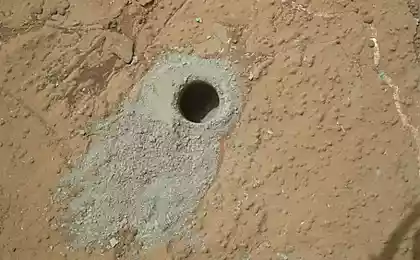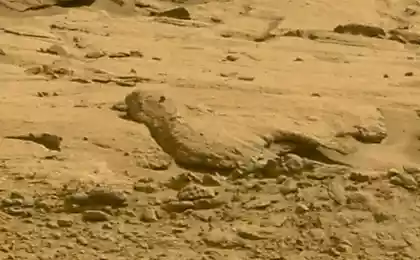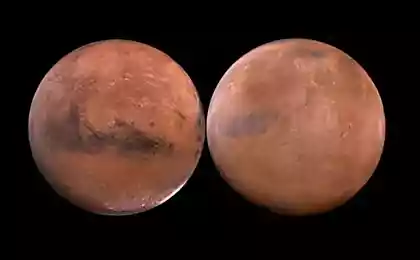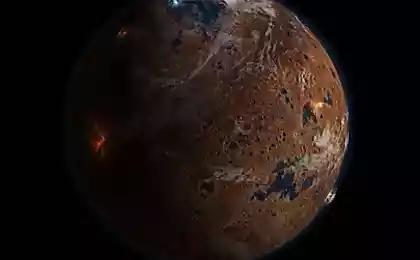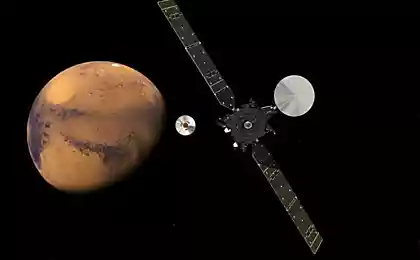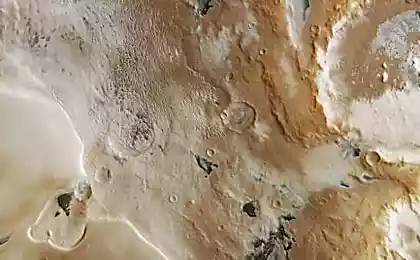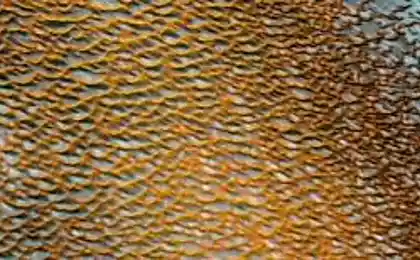549
An important irritant that can ruin your holiday on Mars

Journey to Mars - it's an adventure of a lifetime. Nevertheless, 78,000 people have already signed up for the project «Mars One» - the hypothetical project of colonization of the Red Planet - and agree to "move" on Mars forever. But such a "holiday" can be extremely unpleasant: it's not just the fact that immigrants have a year during the flight to huddle in a tiny capsule with strangers, every annoying habit that will appear thousands of times, there are also other arguments against.

Scientists have long known that the travelers during the flight to Mars - or any other planet - will be exposed to the interplanetary radiation. Now able to calculate exactly what they will get for 1, 8 millisieverts per day, which is approximately equivalent to exposure of the body CT scan. Given that it will take place daily, the risk of dying from cancer increases astronaut three percent. Cary Zeitlin of the Southwest Research Institute in Boulder, Colorado, said that even the best screening can help here too.
Zeitlin draws conclusions on the basis of the detector radiation accompanying rover mission Kurёziti during his flight to Mars, he had to find and calculate the potential hazard to the people who may one day decide to repeat the journey.

The detector has identified two types of dangerous particles that penetrate into the spacecraft through the walls: solar energetic particles ejected from the Sun as a result of flares and coronal mass ejections, and galactic cosmic rays or particles of matter, to break through the Milky Way - the latter have such a powerful energy that can to break any defense.
Of course, you can play it safe - walls do lead or concrete several meters thick, or is designed to protect something like a giant bubble filled with water - hydrogen-rich materials such as H2O perfect protection. But it is very difficult, and even measures like impermeable aluminum body is not particularly reduce the proportion of the received radiation.
Another problem - destination: the world the strong magnetic field of the planet holds the most dangerous particles in the distance, and even the ISS is close enough to the planet to remain in relative safety. Mars is a strong magnetic field does not have, so the astronauts will undergo further radiation exposure on the surface of the Red Planet. However, the dose is still half.

Zeitlin comments: "In space, radiation comes from all directions. When you are on the planet, it comes only from the top. " Note that the detector is now just on the surface of Mars, giving scientists the opportunity to evaluate the results and draw conclusions.
However, while any decent protection is not invented. This means that if we send astronauts to Mars today, the only thing that NASA can do - is to inform them about the risks and hope for the best, but ethically, this option is highly questionable.
via factroom.ru




